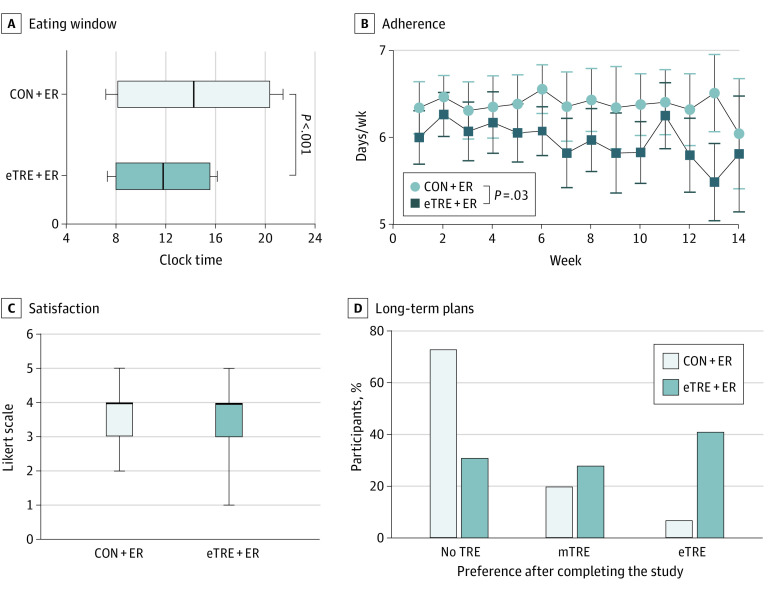Figure 2. Adherence, Satisfaction, and Acceptability.
A, Shown are the times of day (mean [SD]) that participants started eating (left end of box and left whisker) and stopped eating (right end of box and right whisker) in each group. The vertical line within the boxes indicates the median time of the eating window (averaged across all participants). The early time-restricted eating plus energy restriction (eTRE+ER) group ate over a 4.8-hour shorter window than the control plus energy restriction (CON+ER) group. B, The eTRE+ER group adhered a mean (SD) of 6.0 (0.8) days per week and was less adherent to the prescribed eating window than the CON+ER group. Data shown are raw means with 95% CIs. C, Among completers (n = 59), satisfaction with the prescribed eating window was similar between groups. Data shown are unadjusted means (boxes) with 95% CIs (whiskers), and the horizontal line within the boxes indicates the median. D, After completing the intervention, 12 participants (41%) in the eTRE+ER group planned to continue practicing eTRE, with 8 (28%) preferring to keep the original 7:00 to 15:00 schedule, and the remainder preferring to modify the window in a manner consistent with eTRE (defined as eating over a ≤10-hour window ending by 17:00). The other 8 (28%) and 9 (31%) participants wanted to practice midday TRE (mTRE; defined as eating over a ≤10-hour period ending after 17:00) or not practice TRE (defined as eating over a >10-hour period), respectively.

